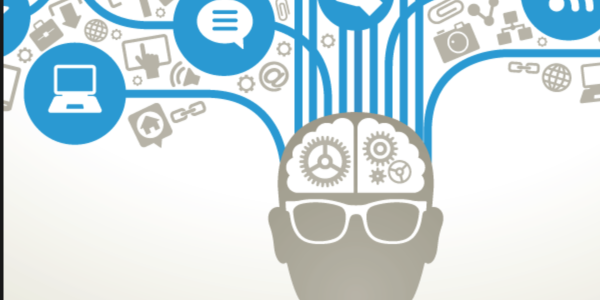An in-depth, data-based understanding of customers and markets is the first step to developing compelling storytelling. It’s that simple—and that complicated.
Without a strong story, a multimillion-dollar marketing campaign could bomb, but with it, a low-cost email initiative could double your ROI, especially if it includes a perfectly crafted subject line. In this age of 140-character communication, every word counts—a truism that every great storyteller throughout the ages has known.
What are the components that make a good marketing story? Here are a few bullet points to keep in mind from Environics Analytics (EA) when developing data-driven stories, and how you can use databases like ours to help:
1. Start with the facts about your audience. Demographics will help you understand the basics—age, gender, education, income—and how one audience differs from another. We all know Millennials are different from Baby Boomers, but the data can illuminate exactly how and why. Household composition—from singles to couples to families with toddlers or teens or boomerang adults—plays a huge role, as does cultural background. If you’re trying to reach Chinese-Canadian consumers, a database like EA’s AccultuRates will tell you the level of acculturation in specific communities—from recent immigrants to long-time residents—which affects your message, language and offer.
2. Learn all you can about what they do. A segmentation system like EA’s PRIZM5 can tell you what TV programs your audience watches, whether they attend pro-basketball games (you might be surprised), what leisure activities are popular and what kind of cars they drive. If your target audience includes a high concentration of people who commute by mass transit, your storyline might include the kinds of outdoor advertising they see. Indeed, when the London (Ont.) Fire Department was looking for ways to reduce fires in 2014, analysts used PRIZM5 to classify the residents of areas where specific types of fires predominated, such as cooking fires or cigarette-related fires. The resulting data-based stories described the residents’ commuting patterns, home life and leisure activities, allowing the department to determine that a billboard campaign in targeted locations would likely reach their audiences with messages that spoke directly to how they lived. The data-based story describing who the residents are, what they do and where they can be reached contributed to a 22 percent decrease in fires in the year after the billboards were placed.
3. Get inside their heads. Data on social values and psychographics, which are incorporated in PRIZM5, can tell you what motivates your audience. Are they concerned about the environment? Do they save money on principle or enjoy making purchases that convey status? What matters most to your customers should matter to you. When Tangerine wanted to expand from a savings-only institution to an everyday bank two years ago, analysts using PRIZM found that values like enthusiasm for technology and financial empowerment were popular among its customers. Tangerine’s marketers incorporated those values in ads targeting prospects in consumer segments that scored high for those values. The result? In 2014 more than 75 percent of new client acquisition came from the target segments.
4. Employ concrete details and personal experiences. Good stories are simple, evidence-driven and personal—reflecting lots of data distilled to a few key insights. A good example is when real estate developer Cadillac Fairview wanted to help its shopping malls better serve culturally diverse customers. A PRIZM profile of each mall’s trade area identified which segments and target groups lived nearby, what products they liked and which media they preferred. For instance, members of the Affluent Chinese target group spend disproportionately more on women’s clothing while members of the South Asian Families group scored high for buying men’s clothing. These details made their way into presentations that helped leasing agents persuade prospective retailers to become tenants, ensuring the right mix of stores, restaurants and food courts in each mall. Cadillac Fairview marketers went on to use these stories in their media strategy and in communicating with different cultural groups.
5. Make sure your story uses accurate data—and the right data. Analysts and researchers know that the quality and coverage of data are the biggest factors driving the accuracy and effectiveness of analytics. But creating a good story also requires knowing what data are important to the story. If your story is about wealthy customers, you might simply turn to household income data to understand them. But you’d be overlooking retirees on fixed incomes who have amassed sizable portfolios. Net worth and disposable income information from EA’s WealthScapes database helped fundraisers at the University of British Columbia identify alumni with significant wealth beyond what their household incomes would suggest. Those alumni were then approached for major gifts and bequests, with the development team using their stories of achievement in their appeals.
When you create detailed personas of target audiences and then develop narratives around those characteristics, companies can better understand what drives the spending behaviour of specific groups, their aspirations and the values they express in their purchases. In turn, marketers take those stories and weave their brands into campaigns, producing a stronger affinity and propensity to buy among customers.
Danny Heuman is the senior vice-president of Research and Development at Environics Analytics.











